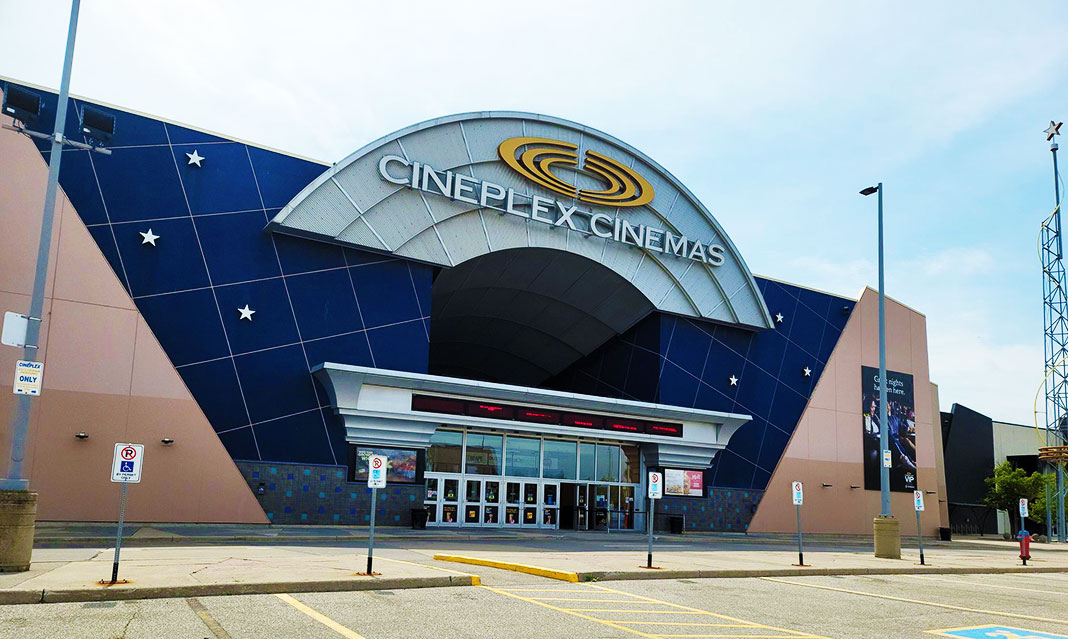COVID-19 and the ensuing physical distancing measures have kept movie theatres closed temporarily. However, even as public restrictions loosen and people socialize more, theatres remain in a tough spot.
One challenge emerged back in March between major film studio Universal Pictures and American theatre chain giant AMC. Universal released its movie Trolls: World Tour straight to streaming services, completely skipping any theatrical release. In response, AMC refused to show any more films by Universal Studios, a massive threat to the studio’s primary business model. Traditionally, major releases hit video-on-demand (VOD) services after about 75 days, but this plan assumes the movie will consistently generate revenue during its run. In reality, most movies make the bulk of their revenue in the first few weekends. With this in mind, AMC agreed with Universal to change its theatrical model that can run as short as 17 days.
Despite AMC and Universal’s agreement, it begs the question: why bother with a theatrical release at all if the film will hit streaming services so soon after? Theatres are traditional, but streaming is already so popular that most people can wait to watch a movie at home rather than see it in theatres. Pricing seems to be the main advantage; $15 theatre tickets aren’t the most outrageous asking price, but add in friends, family, or significant others, $4-$8 for every popcorn bag, a drink or candy item, and it can leave your wallet a little thin. Meanwhile, all this disappears when you stream through VOD at home. You can rent a movie for multiple people at a standard price, generally under $25, and buy your own (likely cheaper) snacks from a grocery store, saving loads of money. Home theatres also allow you to start, pause, and continue the movie whenever needed, giving viewers more control.
Even with so many advantages, theatres have unique qualities that home viewing can’t quite replicate.
For one, a night at the theatre is an experience. The smell of theatre popcorn, the comfy seats, the bonding with others; while these are all possible at home, they’re amplified into an event when you spend the night out. A full theatre also offers several unique viewing options; seeing a massive, sweeping landscape in IMAX or a high-energy action scene in 3-D can enhance the viewing experience. The large audience of a theatre can’t quite be replicated at home either. Many people flinching at a jump-scare or cackling at a comedy can evoke a vastly greater reaction than during a small, private viewing.
Despite such merits, theatres may have a hard time drawing customers back in. The pandemic still poses safety concerns that may push people away. Studios are delaying movie releases for months or going straight to streaming services. And at the end of the day, streaming provides customers a cheaper, more controlled alternative.
Will movie theatres eventually be a thing of the past? Probably not. At least, not completely. Socially distanced theatres have already opened up in China, replete with mask requirements, temperature scanners, and large, regularly disinfected stuffed animals to substitute physical contact. Even with a pandemic, interest in theatres clearly hasn’t died. More likely, COVID-19 safety concerns combined with the financial benefits of streaming will make people increasingly selective about what they’ll make a trip to the theatre for. A great comparison is seeing your favourite singer or band live versus listening to their album at home.
One is on-demand, cheaper, and lends itself better to private viewings, while the other feels more like an event, benefits from audience response, and has unique ways of enhancing the show. Just like how most wouldn’t shell out extra money for every single live performance, people are picking and choosing which movies they’ll trek to the theatres for, and which they’ll wait to stream.



